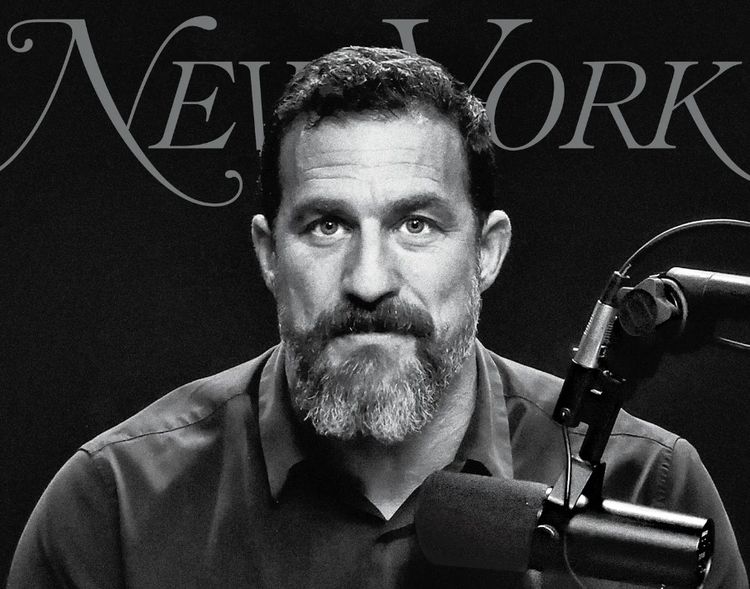Is Andrew Huberman the new Jordan Peterson?

Is it really news if an unmarried, childless, 48-year-old science and self-improvement podcaster lied to some women he was dating? Evidently so: the latest New York magazine exposé devotes 8,000 words to explaining how popular podcaster and Stanford professor Andrew Huberman maintained multiple long-term girlfriends, all of whom thought they were in a monogamous relationship.
The fact that it is news highlights two features of the contemporary culture that emanates especially from America’s West Coast. Firstly, the gulf between what California-inspired therapy culture promises and what it delivers; and secondly, the viciousness with which contemporary audiences now routinely go after high-profile role models — especially men.
Huberman has reportedly been marinated in therapy culture since his parents divorced messily in his teens. According to the article, he seems expert in wielding its vocabulary to convey emotional attunement to his multiple girlfriends. “I hear you saying you are angry and hurt”, he texts in response to one discovering infidelity. “I will hear you as much as long as needed for us [sic].”
As a discursive register, therapy-speak was developed with the aim of enabling sincerity and authentic encounter; Huberman’s proficiency with it suggests that with skilled bad-faith use it’s equally effective as a tool for manipulation. Still more striking, though, is how neatly this story fits another contemporary pattern: the speed and urgency with which male role models are first deified and then, just as swiftly, attacked.
I’m not sure it really is newsworthy that a highly intelligent and highly sexed man with a painful family history and a world-class vocabulary for emotional manipulation should have had multiple concurrent girlfriends. It is news, though, for a high-profile male role model to have feet of clay in a culture that seems deeply conflicted about masculinity and authority. Before Huberman there was Jordan Peterson, another clearly wounded man who offered advice particularly to young men, and who subsequently and very publicly imploded.
The moment such a male role model achieves prominence, the hunt is on for the ways in which he is less than perfect. These are then wielded to deflate any pretensions he may have had to serving as a figure for admiration or emulation. It’s a pattern that repeats, on a symbolic level, the repeated statue-toppling incidents since the BLM riots. It’s hard to avoid the sense that as with the statues, what’s being attacked is less the specific sins of a particular flawed hero and more the idea that any male figures should stand out and be emulated full stop.
It’s common, when discussing the so-called “crisis of masculinity”, to blame it on loss of economic opportunity, the changing educational landscape, or other structural factors. A more uncomfortable possibility, though, is that at least part of this crisis is attributable less to structural shortcomings, or even the failings of individual men, than something more insidious. That is, a kind of baseline cultural hostility to the idea of prominent men entirely, particularly those who offer themselves as role models.
Heroes have always had feet of clay. Even Achilles had one weak spot. This isn’t news. But today, for some reason, it’s become a sackable offence. I’m perhaps less troubled than some by Huberman’s very ordinary philandering, but the point is that if he wasn’t in the stocks for infidelity, the Greek chorus of cultural levellers would have found something else to attack.
It’s unclear what is driving this collective determination to be disappointed by every would-be avatar of masculine competence and agency. But I suspect that — in the terms beloved of California therapy-speak — we won’t resolve the so-called “crisis of masculinity” until we work it through.













































